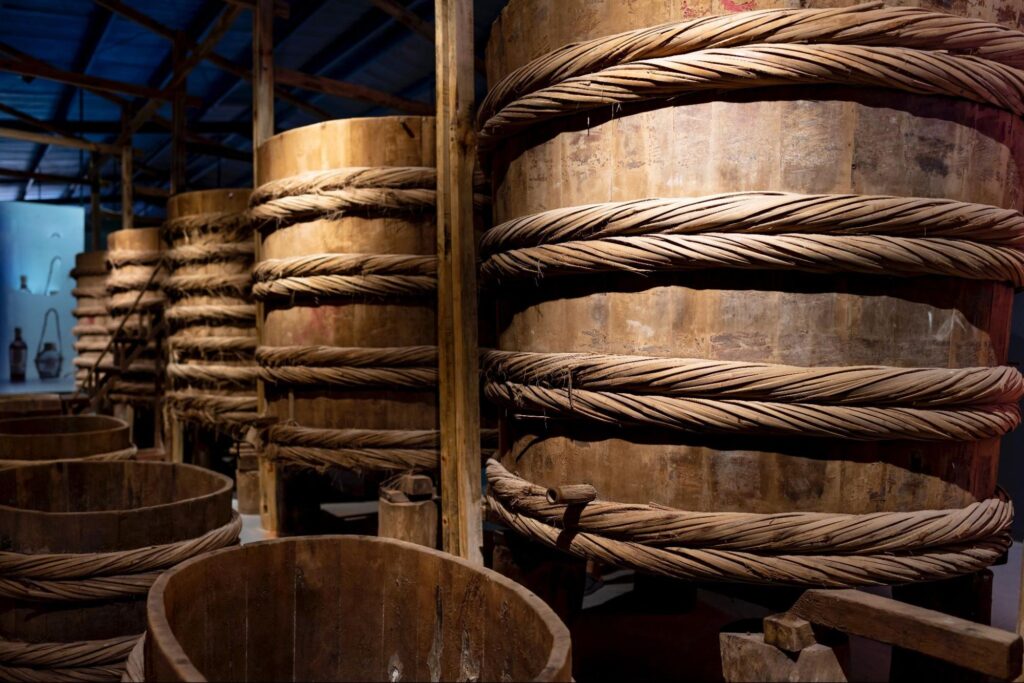
How Many Moles of CO are Contained in a 5.00 l Tank at 155°c and 2.80 ATM?
When it comes to calculating the number of moles in a gas, it’s all about understanding the underlying scientific principles. In this case, we’re delving into Ideal Gas Law, an equation of state for a hypothetical ideal gas. It’s a fundamental principle that will help us figure out how many moles of CO are contained in a 5.00 L tank at 155°C and 2.80 ATM.
Let’s break it down: PV= nRT is the formula for Ideal Gas Law where P stands for pressure (in atmospheres), V is volume (in liters), n represents number of moles, R is the ideal gas constant (0.0821 L·atm/K·mol), and T is temperature (in Kelvin). To calculate ‘n’, i.e., the number of moles in this scenario, you’ll need to rearrange this formula accordingly.
Now let’s get our hands dirty with some real calculations! Given that we have a tank volume of 5.00 liters under conditions with a temperature of 155°C and pressure at 2.80 ATM, I’ll guide you through how to calculate precisely how many moles of CO we’ve got going on here using Ideal Gas Law as our tool kit.

Understanding Moles and Volume
Diving straight into the topic, we first need to grasp what a mole is in chemistry. A mole, often abbreviated as ‘mol’, is a unit that chemists use to measure the amount of substance. It’s akin to other units of measurement like a dozen or a pair, except it represents an incredibly large number of items – about 6.022 x 10^23 to be exact.
For instance, one mole of carbon monoxide (CO) means you’ve got around 6.022 x 10^23 molecules of CO on your hands. Now that’s not something you’d want literally, but it’s great for our calculations!
Moving on to volume, this is simply the three-dimensional space that any object or substance occupies. In terms of gases like CO, we usually measure volume by liters (L). Gases expand or contract based on temperature and pressure conditions which make their volumes variable.
Now let’s create an intersection between these two concepts – moles and volume. We’ll do this using the Ideal Gas Law equation: PV=nRT where P stands for pressure (in ATM), V for volume (in L), n for number of moles, R for gas constant and T for temperature (in Kelvin).
To give you more clarity:
- Pressure: This is force per unit area exerted by a gas. Our example has given us a pressure value of 2.80 ATM.
- Volume: As mentioned earlier, it’s the space occupied by an object—in our case: how much space the CO gas takes up in our tank—5 L.
- Number of Moles: That’s what we’re trying to find out!
- Gas Constant(R): This remains constant at approximately 0.0821 L·ATM/K·mol.
- Temperature: The temperature given in Celsius needs to be converted into Kelvin for the Ideal Gas Law. We simply add 273.15 to our Celsius temperature, making it 428.15 K.
Armed with this knowledge and these values, we’re well on our way to calculating how many moles of CO are contained in a 5 L tank at 155°C and 2.80 ATM! In the realm of chemistry, there’s a handy tool called the Ideal Gas Law. It’s usually stated as PV=nRT where P is pressure, V is volume, n represents the number of moles of gas, R is the ideal gas constant and T stands for temperature. This law provides an equation of state for a hypothetical ideal gas.
Diving right in, let’s apply this to calculate how many moles of CO are contained in a 5.00 L tank at 155°C and 2.80 ATM? Key point: always ensure your units match! For instance here, we’ll need to convert our temperature from Celsius to Kelvin by adding 273.
| Metric | Value |
| Volume (V) | 5.00 L |
| Temperature (T) | 428 K (155°C +273) |
| Pressure (P) | 2.80 ATM |
Now it’s time to plug these values into our equation but before that we need the value for R – the Ideal Gas Constant. R has multiple values depending on the units you’re using for pressure and volume. For our case with pressure in atm and volume in litres, R =0 .0821 Latm/molK
The formula becomes : n= PV/RT
Running this calculation gives us n = (2.8 atm *5L )/(0 .0821Latm/molK *428 K)
With some quick math magic – voila! We’ve got our answer.
But remember folks, any science enthusiast will tell you that “ideal” gases don’t truly exist; they’re more like guidelines than laws when it comes to real-world gases like CO or O2. However, they provide a great starting point in understanding molecular behavior!
In conclusion:
- The Ideal Gas Law can be used to calculate the number of moles in a gas sample based on its pressure, volume and temperature
- Always ensure your units match before running any calculations
- “Ideal” gases are more like guidelines than actual laws when it comes to real-world gases.










